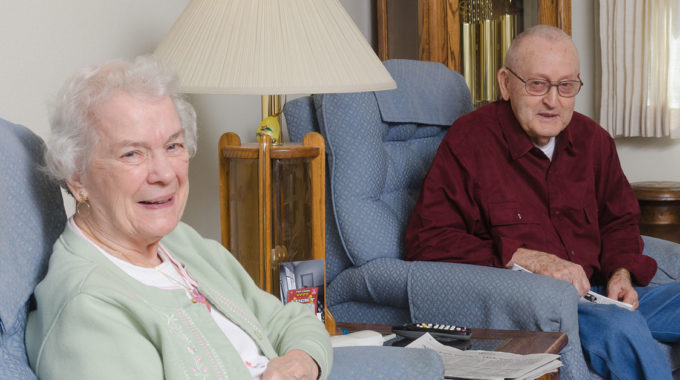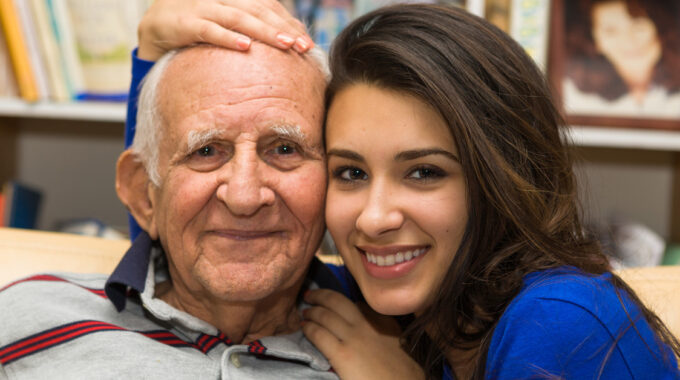
Considering Hospice: Starting the Conversation
Clinicians face multiple barriers to having a hospice conversation with patients. Among those barriers are time constraints and the potential for upsetting the minority of patients who do not want to know their prognosis. Preparing a structured dialog and set time to deliver that dialogue can facilitate these important conversations. Below we offer phrases and a structure that clinicians may find useful in their hospice conversations. We have divided the talk into six categories.
Personal Choice:
“I want to make certain that you are aware of all your medical options, and one of those options may, in the future, be hospice. I want to tell you about this in advance, so you will have time to learn about it and research it if you choose. “
Goals:
“Hospice is often appropriate when your goals for medical care have shifted.
Your goals may shift away from using drugs, treatments, and surgeries to alter the progression or results of the disease.
Your goals at some point may focus on symptom control, comfort, quality of life, and emotional and spiritual preparation.”
Service:
“Hospice care sends nurses and aides to your home to help with symptom control, physical support, and emotional support. Hospice can handle your needs for home equipment, certain medications, and certain supplies. Depending on your needs and your requests, hospice may also send volunteers, physical and occupational therapists, or a chaplain.”
Hope:
“It’s important to understand that patients who have chosen hospice have not given up hope. Instead, they have chosen to prioritize quality of life and emotional preparation for themselves and for their families. Patients who are in hospice do not receive treatments that are curative in intent at the same time. However, sometimes rest, comfort, and gathering your strength is good medicine. The research shows that, on average, patients who choose hospice do not die sooner than patients who always pursue curative treatments. In fact, there is some evidence that patients in hospice live longer.”
When to Start:
“Hospice works best when patients are in it for at least three months. Hospice is only appropriate when we can say it would not be a surprise to see a patient pass away in the next six months. We have not discussed your prognosis, but you can ask me about the statistics at any time you want the information. When you have new symptoms or your abilities change, the prognosis often changes as well.”
More Information:
“This is only a brief overview, and I have not covered all the benefits or the admission criteria. I have printed material available. Now or at any point in the future, I can arrange for a hospice representative to sit down with you and give you more details.”
Starting Hospice Earlier
When clinicians introduce the subject of hospice earlier, the likelihood of meaningful hospice usage increases dramatically.1 Home hospice offers a number of benefits to patients and family including symptom control greater than that achieved in other care settings;2 greater quality of life;3 improved bereavement status and improved survival among widowed spouses;4 survival improved for patients by days to months;5-9 and Medicare benefits paying 100% for hospice services, diagnosis-related medication, supplies, and equipment. Additionally, better hospice utilization is associated with lower costs of care and lower rehospitalization rates.10 Patients made fully aware of their options in a timely manner have better opportunity to receive care according to their personal choices.
References
- Huskamp H, Keating N, Malin J, et al. Discussions with physicians about hospice among patients with metastatic lung cancer. Arch Intern Med. 2009 May 25: 169 (10): 954-9962.
- Teno J, et al. Family perspectives on end-of-life care at the last place of care. JAMA. 2004; 291: 88-93.
- Baohui Z, Nilsson M, Prigerson H. Factors important to patient’s quality of life at the end of life. Arch Intern Med. 2012 Aug; 172 (15): 1133-1142.
- Christakis N, Iwashyna T. The health impact of health care on families: a matched cohort study of hospice use by decedents and mortality outcomes in surviving, widowed spouses. Soc Sci Med. 2003; 57: 465-75.
- Hamano J, Yamaguchi T, Maeda I, et al. Multicenter cohort study on the survival time of cancer patients dying at home or in a hospital: Does place matter? Cancer. 2016 May; 122 (9): 1453-60.
- Saito A, Landrum M, Neville B, et al. Hospice care and survival among elderly patients with lung cancer. J Palliat Med. 2011; 14 (8): 929-939.
- Keyser E, Reed B, Lowery W, et al. Hospice enrollment for terminally ill patients with gynecologic malignancies: impact on outcomes and interventions. Gynecol Oncol. 2010: 118 (3): 274-7.
- Connor S, Pyenson B, Fitch K, et al. Comparing hospice and nonhospice patient survival among patients who die within a three-year window. J Pain Symptom Manage. 2007 Mar; 33(3): 238-46.
- Christakis N, Iwashyna T, Zhang J. Care after the onset of serious illness: a novel claims-based dataset exploiting substantial cross-set linkages to study end-of-life care. J Palliat Med. 2002; 5: 515-529.
- Clough J, Strawbridge L, LeBlanc T, et al. Association of practice-level hospital use with end-of-life outcomes, readmission, and weekend hospitalization among Medicare beneficiaries with cancer. Journal of Oncology Practice. 2016 Aug 16; JOPR013102.





